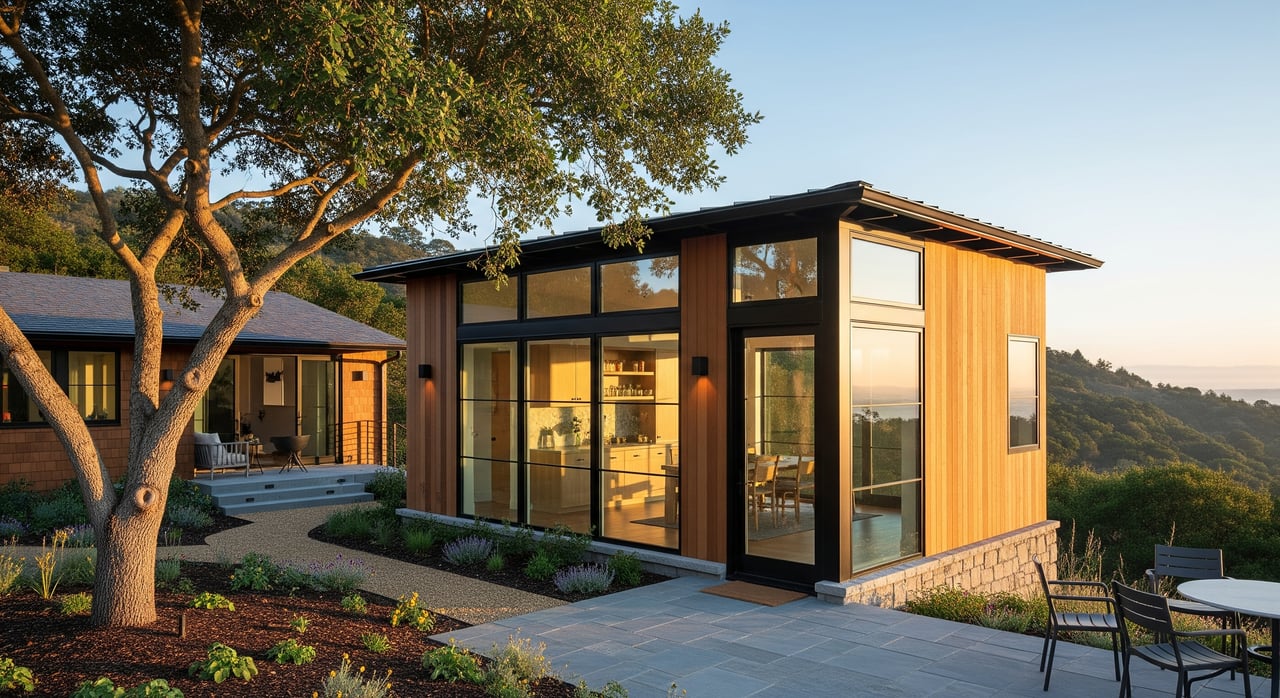Part 2 – Why You Should Plant a Tree
Adding a tree to your garden is an important decision that shouldn’t be taken lightly. Before you buy one, take the time to ask yourself why you want one. We know that trees are great for boosting curb appeal, but there are other ways to use them in the home landscape. A tree can provide welcome shade to a window or patio that receives afternoon sun, which also will help lower your energy bill. A tree with colorful flowers or foliage is a great way to add interest to a landscape in need of color. And a tree can screen an unattractive view and muffle noise on a busy street.
- Trees offer a wealth of environmental benefits.
- Trees in the home landscape can save a household’s heating and cooling energy consumption by up to 25 percent, according to the U.S. Department of Energy.
- Trees clean the air by absorbing pollutants and carbon dioxide while producing oxygen.
- Trees provide shelter and food for wildlife.
- Trees can help save water by slowing evaporation from the plants growing in their shade.
Part 3 – How to Choose the Right Tree
Once you’ve decided why you’re planting a tree, it’s time to figure out what type will best fulfill your needs. Which benefits do you want from your tree?
Energy savings. Select a large deciduous tree, which will shade your home spring through fall while allowing thesun to shine through in winter once its leaves have fallen.
Shade. Choose a tree with a broad canopy (one with a growth habit that’s wide and not columnar) to maximize the amount of shade it produces. If you want shade year-round, select a tree that’s evergreen and won’t lose its leaves in winter.
Color. Pick a tree with colorful foliage all year, such as a purple-leaf plum, or one that produces colorful flowers. Of course, you can always select a tree that puts on a vibrant fall display with its foliage.
Fruit. Fruit trees do double duty by adding beauty with their attractive foliage and pretty spring flowers, and providing delicious fruit.
Tidiness. It’s important to note that some trees are messier than others. If you’re planting a tree near a pool, select one that won’t produce messy flowers, seedpods or both. If possible, plant an evergreen tree near a water feature, pool or anywhere else you want to keep clean.
How much room do you have? This will make choosing a tree much easier, as it will eliminate ones that are too large or small.
Are there any potential obstacles? Avoid power lines, nearby structures or utility lines running under the ground near the tree.
Is there irrigation? Be sure that there’s a nearby water source, whether it’s an irrigation system or a hose.
Part 4 – When to Buy and Plant a Tree
It’s best to plant trees when they’re dormant. This occurs in fall after their leaves have dropped as well as in late winter or early spring just before the leaf buds begin to swell. Planting trees during this time gives their roots time to grow before warmer weather stimulates new top growth. Of course, trees can be planted at any time of year, but extra care may be needed, such as making sure that they’re adequately watered during their first summer.
When visiting your local tree nursery, you may see trees in different types of containers or some with no containers at all. Trees are contained in wooden boxes, plastic nursery containers, wrapped in burlap or other fabric and even wire. Bare-root trees have no container whatsoever. The type of container doesn’t have much bearing on when to plant a tree except for bare-root trees, which can be planted only during late fall through early spring.







